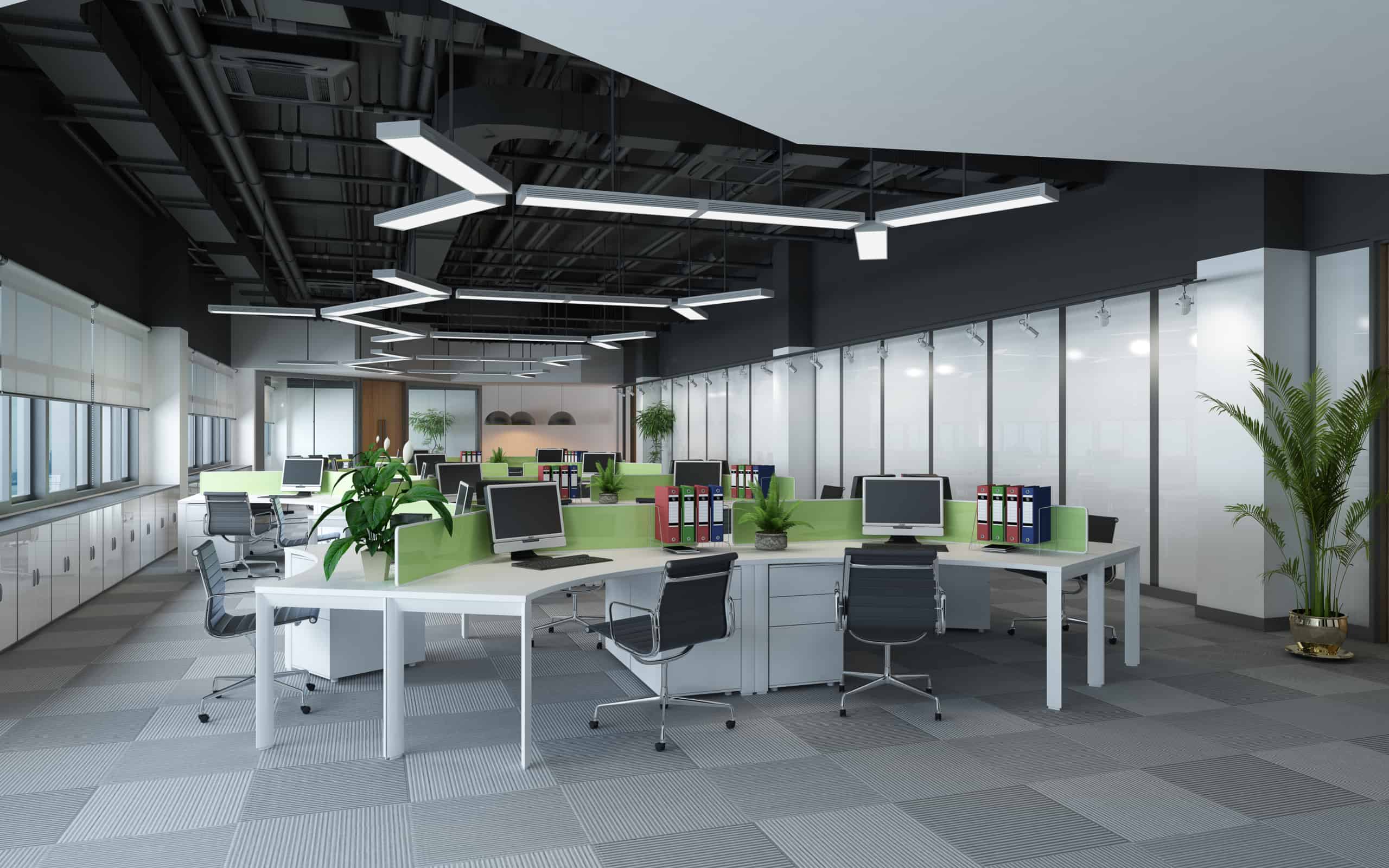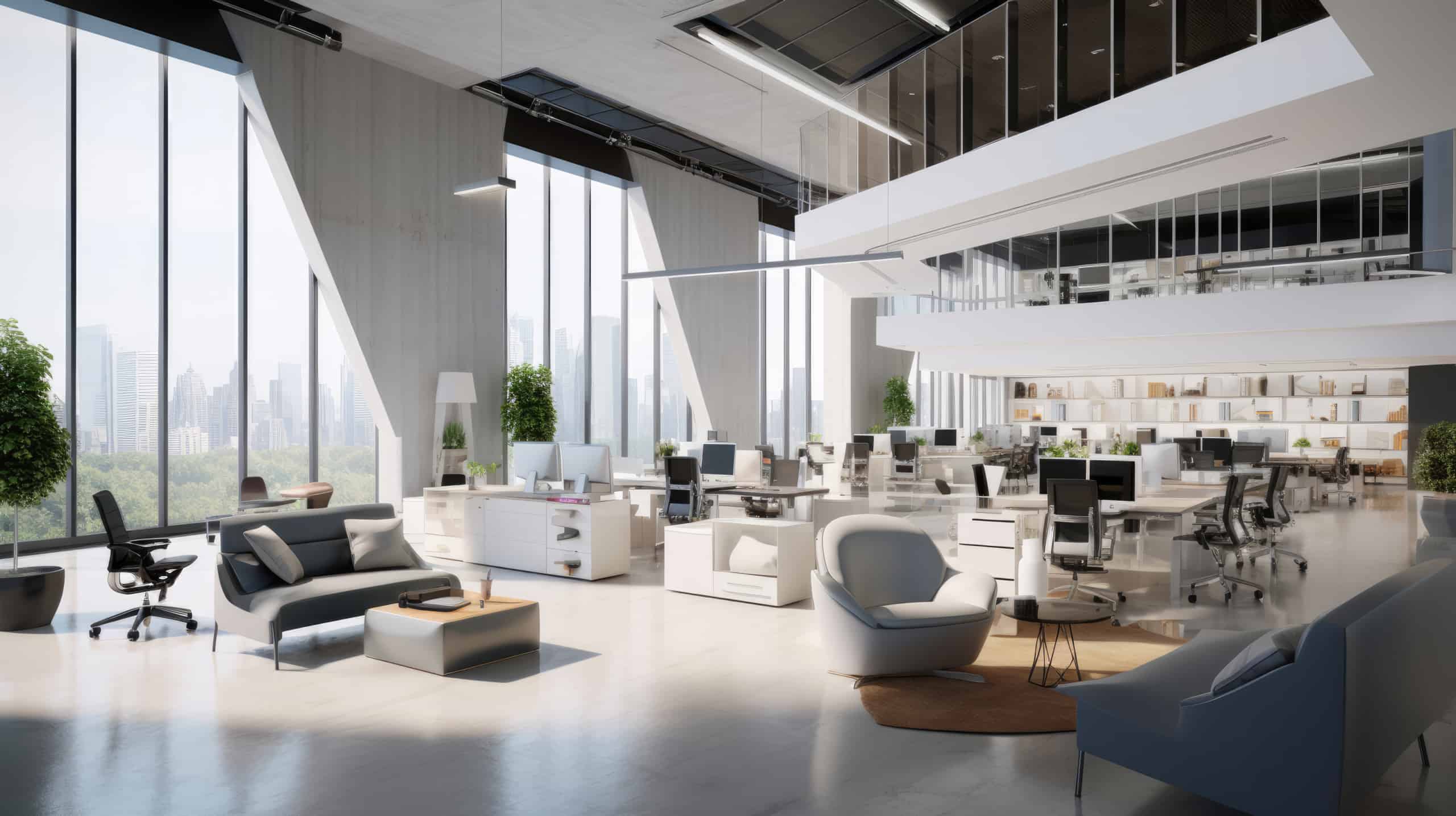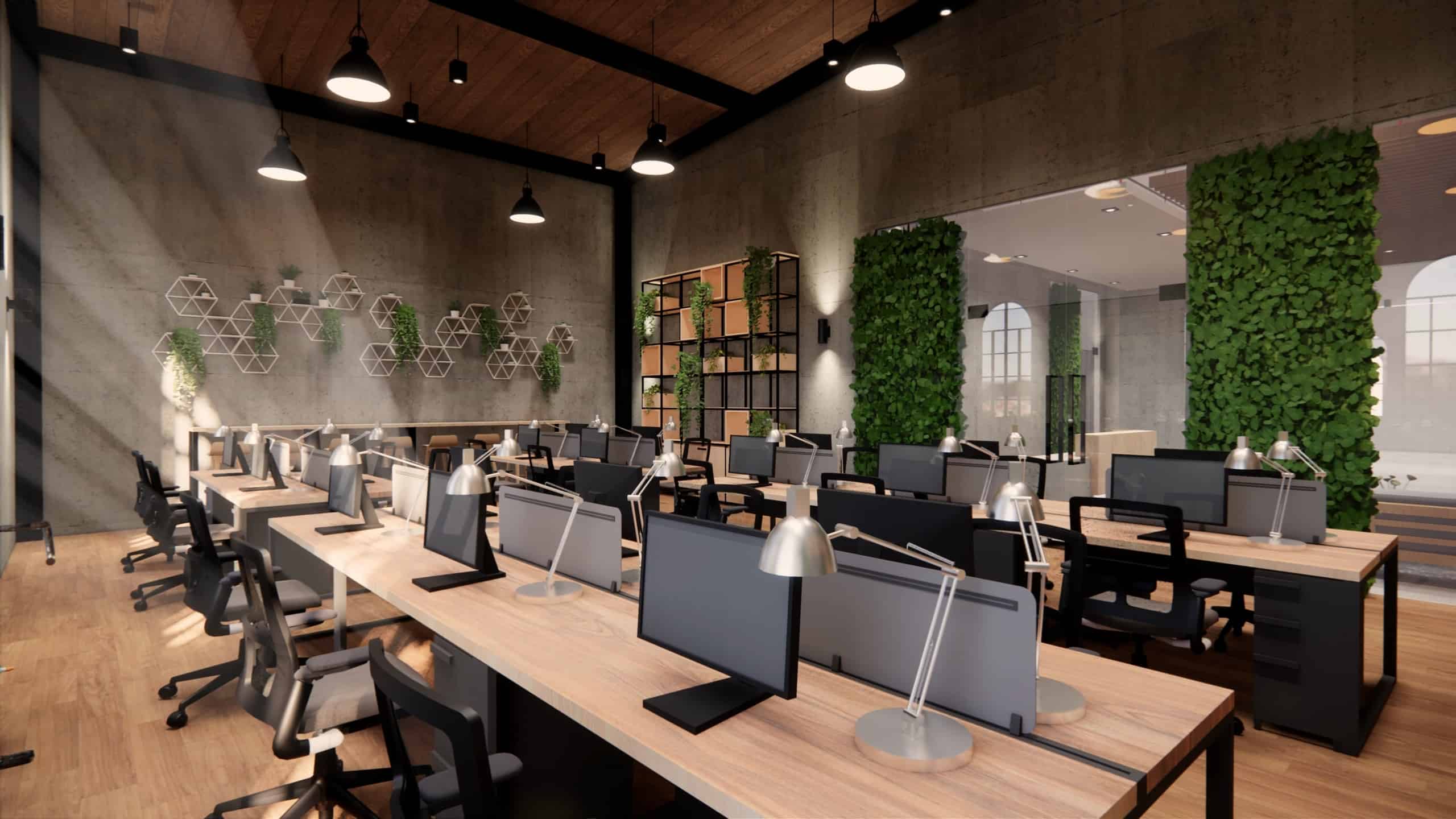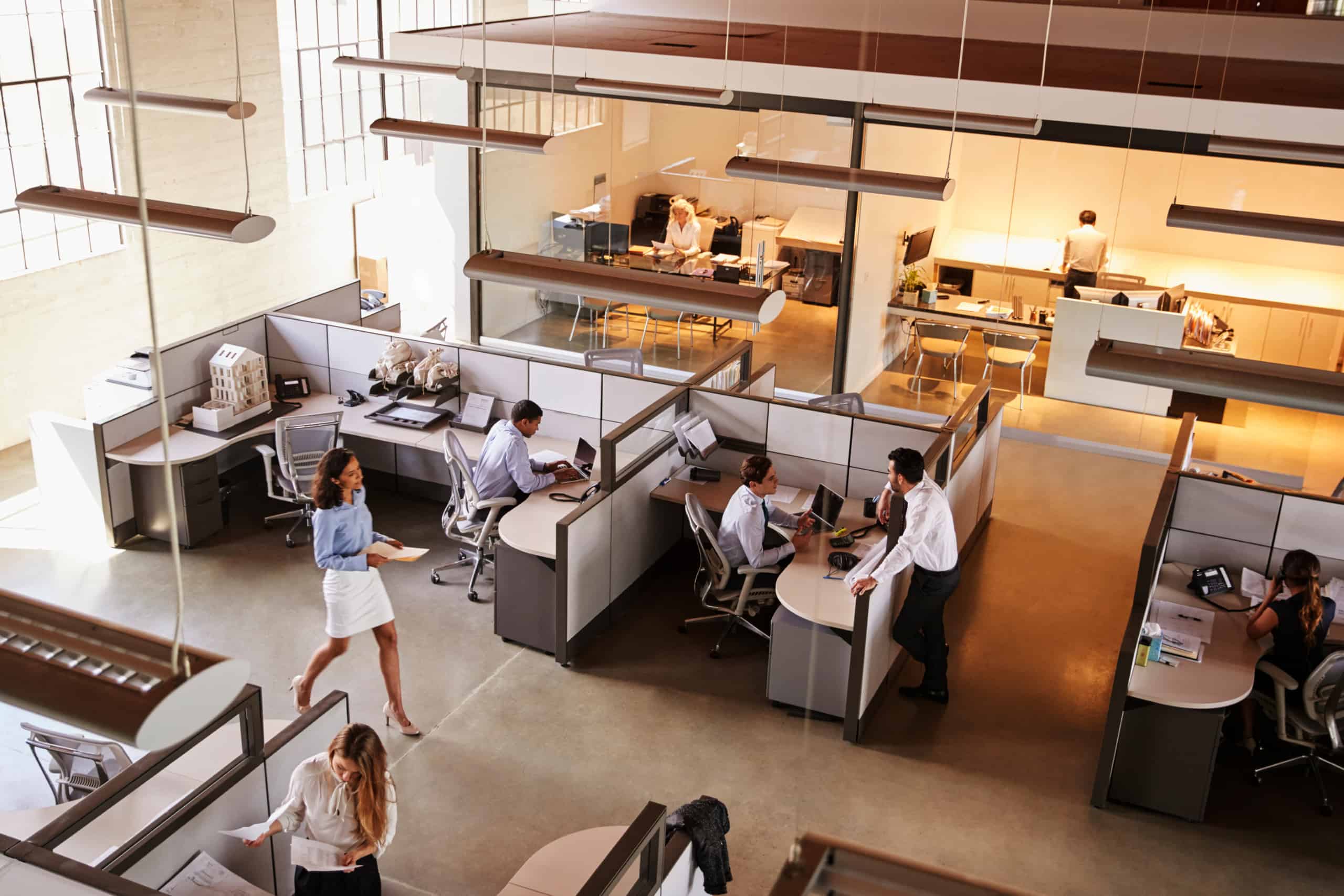Employee preferences can vary, but there are several common elements that employees generally desire in an office environment. Here are key elements that employees often value:
Comfortable and Ergonomic Workspace:
Employees appreciate comfortable and ergonomic furniture, including supportive chairs, adjustable desks, and proper lighting. Ergonomics contribute to employees’ physical well-being and help prevent discomfort or injuries associated with prolonged sitting or repetitive tasks.
Adequate Amenities:
Access to essential amenities can greatly enhance the work experience. Amenities include well-maintained restrooms, clean and stocked break rooms or kitchenettes, comfortable lounges for relaxation, and convenient access to food and beverages.

Collaborative Spaces:
Many employees value spaces that foster collaboration and teamwork. These types of space can include designated meeting rooms, open common areas, or breakout spaces where colleagues can come together for brainstorming, discussions, and group projects.
Privacy and Focus Areas:
While collaboration is important, employees also appreciate areas where they can work privately or concentrate on individual tasks. Private offices, quiet rooms, or designated focus areas can provide the necessary space and quietude to focus on work without distractions.


Technology and Connectivity:
Employees expect reliable and up-to-date technology infrastructure in the office. This infrastructure includes fast and secure internet connections, modern hardware and software, functional printers and scanners, and easily accessible power outlets and charging stations.
Natural Lighting and Greenery:
Natural lighting is highly valued in the workplace, as it creates a more pleasant and stimulating environment. Incorporating windows, skylights, or open spaces that allow for the entry of natural light can have a positive impact on employee well-being and productivity. The presence of plants or greenery in the office can also contribute to a calming and refreshing atmosphere.

Flexibility and Mobility:
Many employees appreciate workplaces that offer flexibility and mobility, including options for remote work, flexible work schedules, or the availability of mobile workstations that allow employees to choose where and how they work. This flexibility promotes a better work-life balance.
Wellness Initiatives:
Employees increasingly prioritize their health and well-being. They value offices that prioritize wellness initiatives such as ergonomic programs, standing desks, fitness facilities, relaxation areas, and access to natural spaces or outdoor environments.
Personalization and Individuality:
Allowing employees to personalize their workspaces to some degree can contribute to a sense of ownership or identity. This effort can be as simple as providing space for personal belongings or allowing employees to decorate their workspaces within reasonable limits.
Supportive Company Culture:
Ultimately, employees value a positive and supportive company culture. This type of culture includes fair and inclusive policies, opportunities for growth and development, effective communication channels, recognition of achievements, and a sense of belonging within the organization.

Understanding and catering to the preferences of employees can help create a more engaging and productive work environment that enhances job satisfaction and overall employee well-being.


